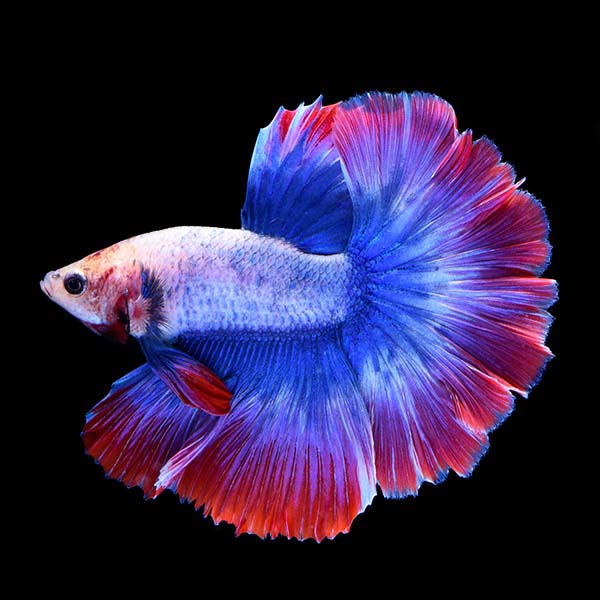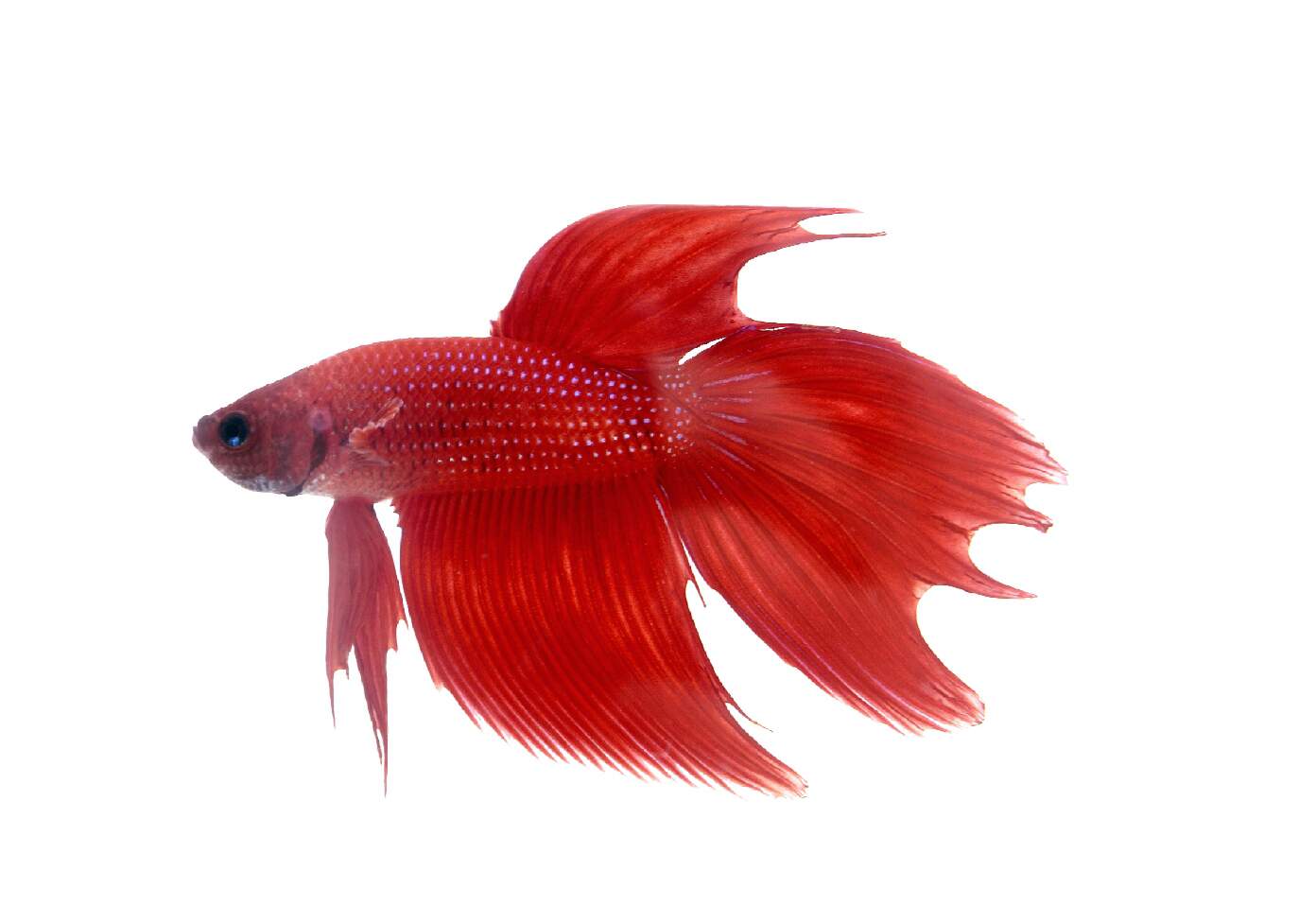Betta Fish Care: Essential Tips for a Healthy and Pleased Family Pet
Betta Fish Care: Essential Tips for a Healthy and Pleased Family Pet
Blog Article
Exactly How to Breed Betta Fish Efficiently: Professional Strategies and Insights for Hobbyists Seeking To Broaden Their Betta Collection
Reproducing Betta fish requires a nuanced understanding of genetics and ecological problems, making it essential for hobbyists to come close to the procedure with both persistance and care. Creating an ideal reproduction setting, selecting the best sets, and observing the details of their courtship behaviors are foundational steps that can substantially influence the outcome.
Understanding Betta Fish Genes
Recognizing the genes of Betta fish is crucial for successful reproduction, as it affects qualities such as shade, fin shape, and behavior. Betta fish exhibit a varied variety of colors and patterns, mostly identified by their genetic make-up.
In enhancement to pigmentation, fin morphology is one more significant facet of Betta genes (betta fish). The shape and dimension of fins are affected by different genes, consisting of those that figure out whether the fins are short, long, or veil-shaped. Understanding these hereditary variants helps dog breeders forecast the phenotypic results of their offspring
In addition, behavior characteristics such as aggressiveness and territoriality can additionally be affected by genetics. These actions play a crucial role in the reproducing process, as they can influence generating success and the overall temperament of the resulting fry. By adequately recognizing these genetic concepts, breeders can make enlightened choices, eventually boosting their breeding programs and achieving preferable results.
Preparing the Reproduction Setting
Developing an optimal breeding setting is vital for the successful recreation of Betta fish. The very first action in preparing this environment is to choose an ideal breeding tank, preferably varying from 5 to 10 gallons.
Following, consider using a sponge filter or an air rock to provide gentle water blood circulation without producing strong currents that can worry the fish. It is important to install plants or breeding cones to use concealing places and advertise comfort for the female during the spawning process. Floating plants, such as Java moss or water sprite, can additionally create a more natural atmosphere while promoting bubble nest building by the man.
Before introducing the reproducing sets, ensure the water is conditioned and without damaging chemicals, such as chlorine or hefty steels. betta fish. Routine water adjustments need to be performed to keep optimum water top quality, improving the opportunities of effective reproduction. With these prep work in area, the reproducing environment will support the health and well-being of both Betta fish
Picking Reproduction Pairs
Choosing the appropriate reproduction sets is crucial for attaining successful Betta fish reproduction. Healthy and balanced Betta fish display vibrant colors, clear eyes, and energetic habits.
Temperament is an additional essential factor to consider, as Betta fish are understood for their aggressive nature. It is suggested to choose a man and woman that show suitable personalities to reduce stress and anxiety during the reproducing process. A tranquil male can urge a smoother courtship, while a female that is also aggressive might disrupt click here for more info the procedure.
Hereditary background additionally plays a considerable duty in the quality of the spawn. Breeding fish that are genetically varied can reduce the danger of genetic health and wellness concerns and enhance the general vitality of the fry. It is helpful to research the family tree of both the man and woman, concentrating on desirable characteristics such as fin kind, color scheme, and size.
The Reproduction Refine
The breeding process of Betta fish needs mindful planning and interest to information to ensure a successful result. Originally, it is vital to prepare an appropriate reproduction container, preferably a 5-10 gallon aquarium with a temperature maintained at 78-80 ° F. The tank ought to be furnished with a heating system, filter (ideally sponge kind to avoid strong currents), and plenty of water plants for the lady to hide.
Once the environment is set, introduce the selected breeding pair to the storage tank, enabling them to adapt. Observe their actions; the man will certainly present elaborate courtship rituals, including flaring his fins and building a bubble nest. If the female shows interest, she will certainly present upright red stripes suggesting readiness for spawning.
When the lady is receptive, the pair will participate in a mating welcome, throughout which the male feeds the eggs. It is vital to check their communications carefully, as the male may come to be hostile. After generating, eliminate the female to avoid potential harm. The man will tend to the eggs, which typically hatch out within 24-36 hours. Preserving optimal water conditions throughout this duration is vital for the advancement of healthy Betta fry.
Taking Care Of Betta Fry

Feeding Betta fry is crucial, as they require a diet high Home Page in protein. At first, they can be fed infusoria or liquid fry food, transitioning to finely crushed top notch pellets as they expand. Feed little parts numerous times a day to urge healthy and balanced growth without overloading the storage tank with uneaten food.

As they develop, monitor their development closely and divide any aggressive people to stop injury. By giving a nurturing atmosphere and correct nutrition, enthusiasts can effectively increase Betta fry into vibrant, healthy and balanced fish, eventually boosting their breeding undertakings.
Conclusion
Effective Betta fish breeding needs meticulous interest to hereditary selection, ecological problems, and look after the fry. By recognizing the genetics of Betta fish and preparing a suitable reproduction atmosphere, enthusiasts can enhance the possibilities of generating vibrant, healthy and balanced spawn. Selecting compatible reproduction sets and closely checking the courtship and spawning processes are crucial. Supplying optimum treatment for the fry ensures their healthy development, contributing to a successful Betta collection.
Report this page